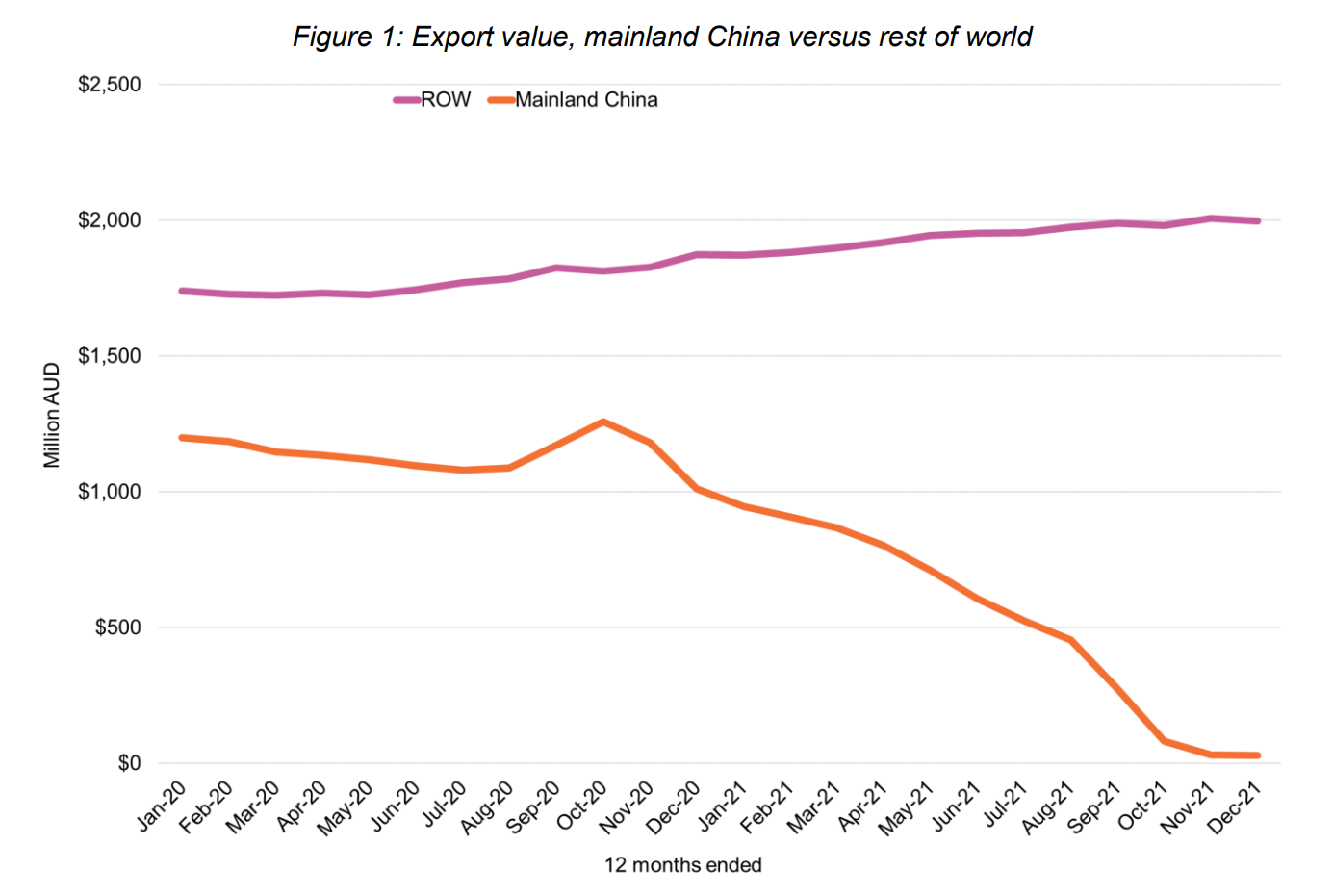Australia-India FTA May Benefit Wine Exports

Australia has become the first significant wine-producing country to negotiate advantageous tariff conditions with India after signing the Australia-India Economic Cooperation and Trade Agreement (AI ECTA) on 2 April 2022. Existing customs tariffs on wine imported into India are 150%, presenting barriers to the market for imported wine.
When the AI ECTA comes into effect, tariffs on Australian wine with cost, insurance, and freight (CIF) values of over USD 5 per 750ml bottle will decrease to 100% with an additional phased reduction of 5% per year down to 50% over a 10-year period. For wines with CIF values over USD 15 per 750ml bottle, tariffs will decrease to 75%, with an additional reduction of 5% per year down to 25% over a 10-year period. The agreement is beneficial for high-value wine producers, many of which are small and medium-sized businesses that have not previously considered entering the Indian market.
Opportunity for Australian Wine to Recover From Decreased Exports to China
The agreement opens up a new opportunity for the Australian wine industry after wine exports decreased significantly due to the increased tariffs imposed by China ranging from 116% to 218% on wine imports beginning in March 2021. These tariffs are set to last until 2026. Exports to China fell by USD 682.6 million from USD 705.8 million in 2020 to just USD 23.2 million in 2021 to place it 14th on the list of Australian export destinations. The imposition of these tariffs effectively closed off-market access to what used to be Australia’s largest export market for wine. The new deal with India would not replace the gap left by China, but it will help with diversification and is a vital step towards reducing Australia's dependence on China for wine exports and addressing the national oversupply of wine.

The Indian market for Australian wine has already seen greater activity in the aftermath of China’s increased tariffs. Australian wine exports to India increased by 72% in volume to 2.5m litres and 81% in value to USD 8.7m in 2021. This is the largest value exported to India to date, with 10 additional companies exporting wine to India in 2021 who did not in 2020.
Australia Ideally Positioned to Supply Increasing Indian Demand
Increasing urbanisation, an emerging middle class, a preference for imported wine, and a shift from spirits to wine are driving increased demand for wine in India, with wine consumption expected to reach 55.5m litres by 2025, up from 29.2 million litres in 2020. 28% of the wine consumed in India is imported, with Australia holding a 42% value share of the imported wine category in 2020. The most popular wines in India include Cabernet Sauvignon, Shiraz, and Sauvignon Blanc. Australia is a significant producer of all three varieties, ideally positioning Australia to capitalise on the increasing demand for imported wine in India.

